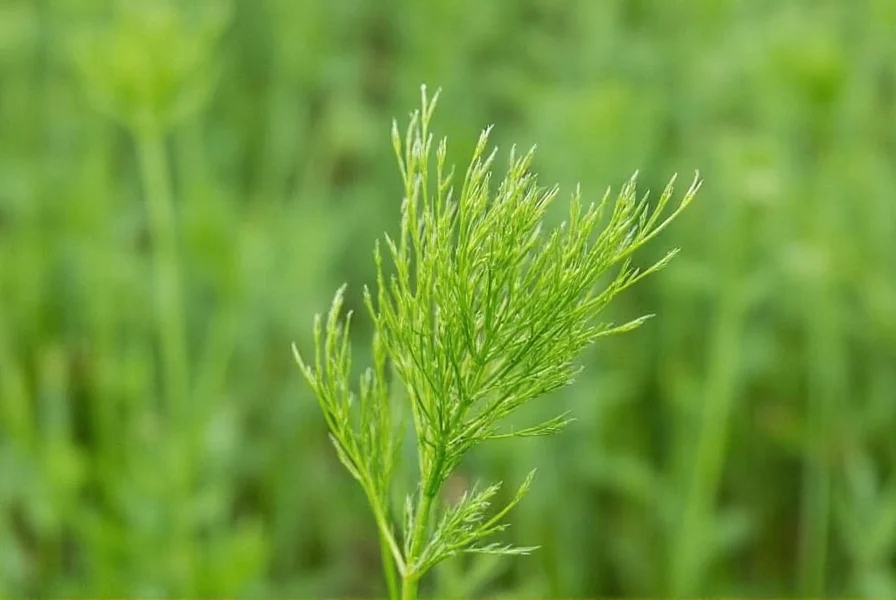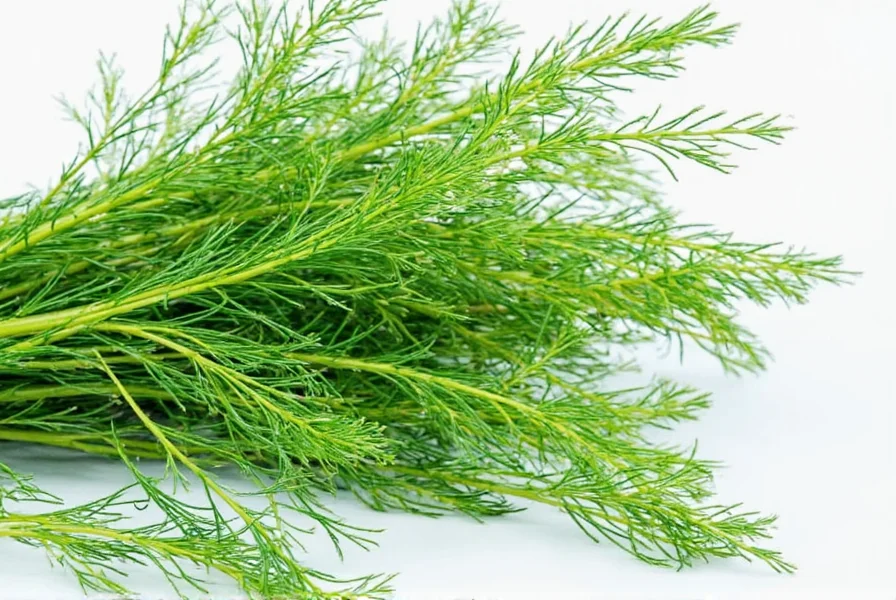Dill isn't just a popular herb for pickling and seasoning today—it has a rich historical journey spanning thousands of years. This aromatic herb, scientifically known as Anethum graveolens, began its story in the sun-drenched regions of the Mediterranean basin and Western Asia. Understanding where does dill come from reveals fascinating connections to ancient civilizations and global trade routes that shaped its worldwide distribution.
Historical Origins of Dill
Archaeological evidence provides concrete proof of dill's ancient origins. Excavations of Egyptian tombs have uncovered dill seeds dating back to 5000 BCE, suggesting its importance in both culinary and medicinal practices of the time. Ancient Egyptians valued dill for its digestive properties and used it in embalming processes. The herb's name derives from the Old Norse word "dilla," meaning "to lull," reflecting its historical use in soothing ailments.

Geographical Spread of Dill
From its origins in Southern Russia, the Mediterranean, and Western Asia, dill gradually spread through trade routes. Ancient Greek physicians documented dill's medicinal uses around 500 BCE, while Roman soldiers carried dill seeds across Europe, planting them along military routes. By the Middle Ages, dill had become naturalized throughout Europe and was commonly grown in monastery gardens for both culinary and healing purposes.
| Region | Historical Significance | Traditional Uses |
|---|---|---|
| Mediterranean Basin | Earliest cultivation sites | Culinary seasoning, medicinal remedies |
| Ancient Egypt | Found in tombs dating to 5000 BCE | Embalming, digestive aid |
| Western Asia | Native habitat | Traditional medicine, food preservation |
| Medieval Europe | Naturalized through trade routes | Monastery gardens, protective charm |
Ancient Cultivation Practices
Early farmers discovered dill's adaptability to various climates, though it thrived particularly well in the warm Mediterranean conditions. Ancient agricultural texts from Rome describe optimal planting times and soil conditions for dill cultivation. The herb's rapid growth cycle—reaching maturity in 40-60 days—made it a reliable crop for ancient farmers. Historical records show dill was often interplanted with cabbage to deter pests, demonstrating early understanding of companion planting.
Dill in Traditional Medicine
Ancient medical practitioners across multiple civilizations valued dill for its therapeutic properties. Greek physician Dioscorides documented dill's use for treating digestive disorders in his 1st century CE work De Materia Medica. Traditional Ayurvedic medicine incorporated dill for respiratory conditions, while medieval European herbalists prescribed dill water for infant colic. These historical medicinal applications of dill reveal why understanding where does dill come from matters for appreciating its longstanding role in human health.
Global Expansion of Dill
As maritime trade expanded during the Age of Exploration, dill seeds traveled to new continents. European settlers introduced dill to North America in the 17th century, where it quickly naturalized in gardens across the colonies. Russian immigrants later brought distinctive dill varieties to the American Midwest, influencing regional pickling traditions. Today, major commercial dill production occurs in India, Russia, the United States, and several European countries, though its genetic origins remain firmly rooted in the Mediterranean and Western Asia.
Modern Cultivation Regions
While dill grows wild in many temperate regions, commercial production focuses on specific areas with optimal conditions. India currently leads global dill seed production, followed by Russia and the United States. California, Oregon, and Washington state represent major U.S. growing regions, benefiting from Mediterranean-like climates that echo dill's ancestral origins. Understanding dill plant native regions helps explain why certain areas produce superior quality herb—the plant performs best in conditions similar to its original habitat.
Cultural Significance Through History
Dill's journey through human history extends beyond mere cultivation. In medieval Europe, dill was considered a protective herb against witchcraft and evil spirits. Norse mythology associated dill with Thor, the god of thunder. Ancient Romans placed dill garlands on victorious athletes, while Egyptian priests used dill in religious ceremonies. These cultural traditions surrounding dill's historical significance demonstrate how this simple herb became woven into the fabric of multiple civilizations.
Preserving Dill's Heritage
Modern agricultural practices have preserved many ancient dill varieties while developing new cultivars for specific purposes. Heirloom dill varieties like 'Bouquet' and 'Dukat' maintain genetic connections to historical plants, while research continues into dill's potential health benefits. Understanding the complete history of dill herb helps contemporary gardeners and chefs appreciate this versatile plant's remarkable journey from ancient Mediterranean fields to modern kitchen gardens worldwide.
Frequently Asked Questions
Is dill originally from the Mediterranean region?
Yes, dill (Anethum graveolens) originated in the Mediterranean region and Western Asia. Archaeological evidence shows dill seeds were used in ancient Egypt as early as 5000 BCE, and the herb was widely cultivated throughout the Mediterranean basin by Greek and Roman civilizations.
How did dill spread from its original habitat?
Dill spread through ancient trade routes, with Egyptian, Greek, and Roman civilizations carrying seeds across their territories. Roman soldiers planted dill along military routes, and during the Middle Ages, it became naturalized throughout Europe. European settlers later introduced dill to North America in the 17th century.
What was dill used for in ancient times?
In ancient times, dill served multiple purposes: Egyptians used it in embalming and for digestive issues; Greeks documented its medicinal properties; Romans used it as a culinary herb and protective charm; and medieval Europeans valued it for both cooking and as a protective herb against evil spirits.
Which countries produce the most dill today?
India is currently the world's largest producer of dill seeds, followed by Russia and the United States. Within the U.S., California, Oregon, and Washington state are the primary commercial growing regions for dill, benefiting from climates similar to dill's Mediterranean origins.
Can dill grow in any climate?
Dill grows best in temperate climates with full sun exposure, similar to its Mediterranean origins. While it can adapt to various conditions, it thrives in well-drained soil with moderate moisture. Dill is an annual plant in most regions but can self-seed and return year after year in suitable climates.











 浙公网安备
33010002000092号
浙公网安备
33010002000092号 浙B2-20120091-4
浙B2-20120091-4